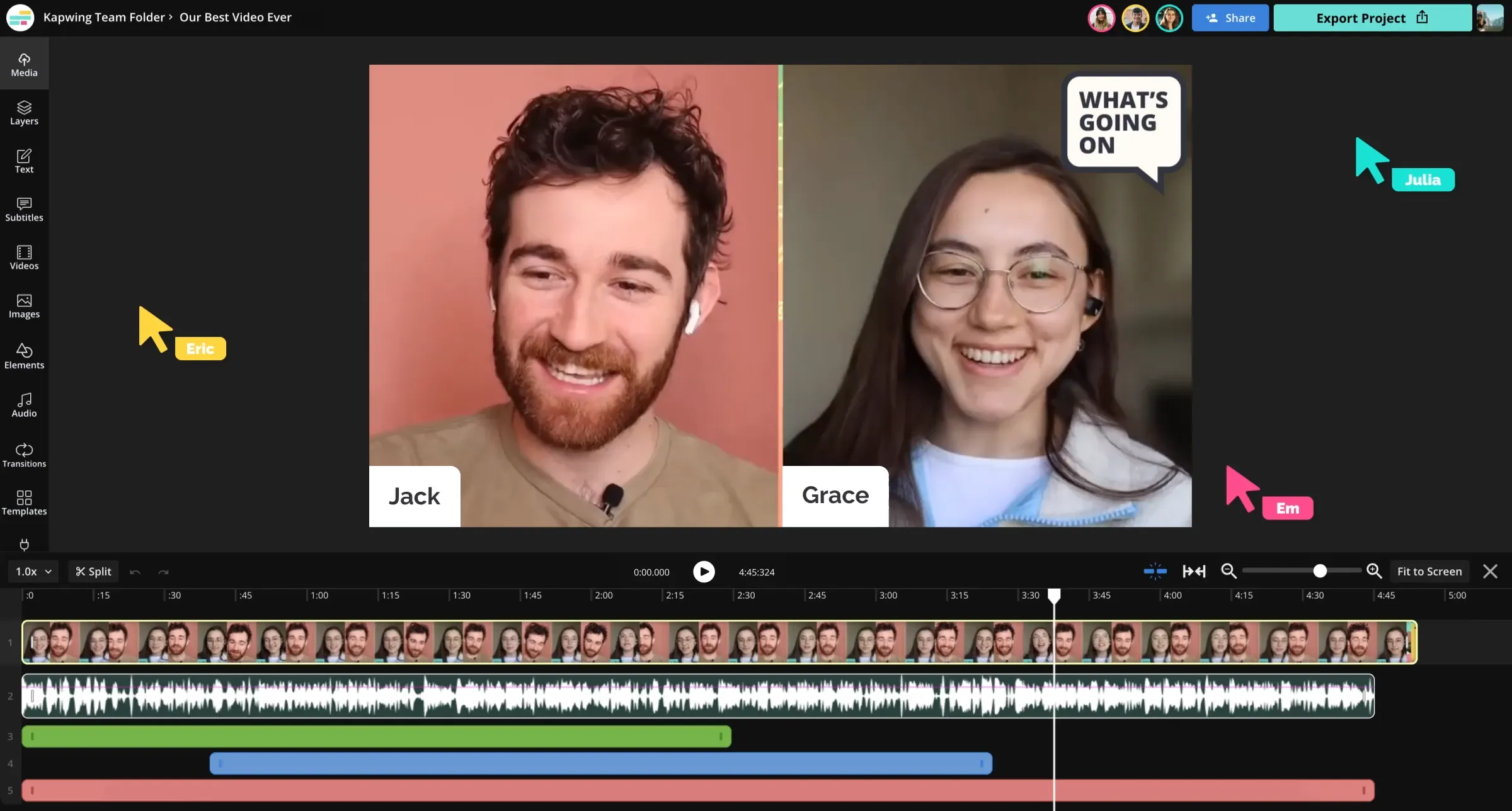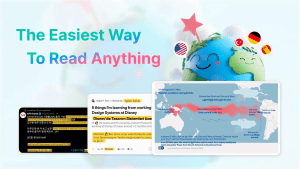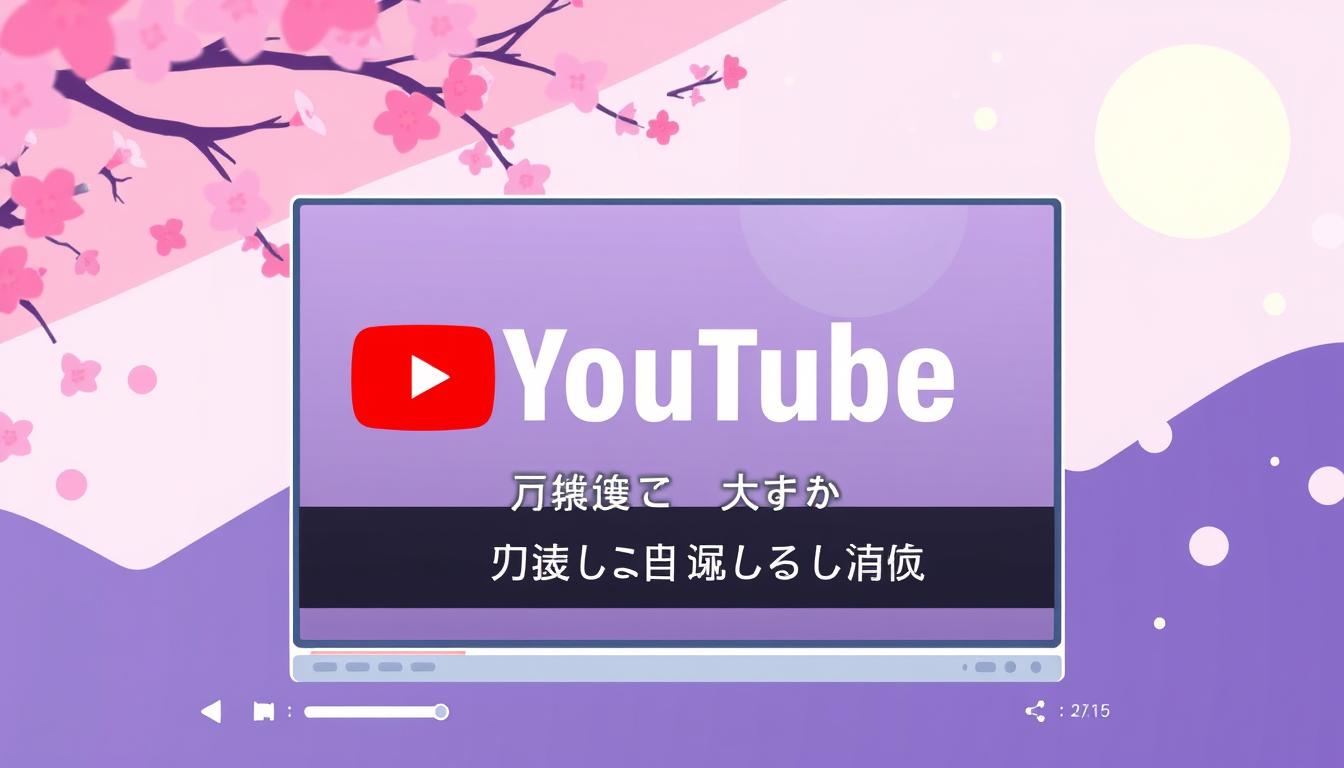How to Add Captions to Video Fast – Simple Guide
Are you having trouble making your video content more accessible and engaging? Adding captions to your videos might be the answer. But how can you do it fast and well? This guide will show you how to add captions to your videos, from typing them out to using tools and services.

Captions aren’t just for the deaf; they help many viewers. They’re great for those watching videos on mute or who speak different languages. By adding captions, you can reach more people and get them more involved with your videos. But where do you begin?
Key Takeaways
- Adding captions enables wider audiences to view and increase viewer and relate to your videos.
- There are several techniques to quickly make captions so easy, including manual transcribing, auto-captioning, and engaging a captioning specialist.
- big companies Platforms such as YouTube, Facebook, and Instagram have included the captioning tool, which allows users to generate Video Captioning drag-and-drop captions.
- the Best caption development techniques, such as ensuring correctness, consistency, and adherence to platform standards, may help your subtitles have the most effect possible.
- Investing in video captioning may boost viewership, accessibility, and search engine rankings for your material.
Captions and subtitles are key to making videos accessible. Captions show all audio content, like dialogue and sound effects, on the screen. They help viewers, especially those with hearing issues, understand the video. Subtitles mainly translate spoken dialogue, helping viewers who know the audio language but need text for translation.
What Are Open Captions
Open captions are always visible and can’t be turned off. They’re great for viewers in loud places or those who like watching videos without sound. Open captions make content accessible to more people, boosting engagement and understanding.
What Are Closed Captions
Closed captions can be turned on or off by the viewer. This lets users adjust their viewing experience as they like. Closed captions are good for those who don’t need captions all the time, like in quiet places or without hearing issues.
Difference Between Captions and Subtitles
The key difference between captions and subtitles is what the goal of the captions and who the subtitles are directed towards. This makes the video more inclusive for those with a hearing loss, deafness, or disabilities as they can use the built-in feature of the screen to read subtitles. For those who are unable to communicate verbally but understand sounds, translations must be made to enable communication. This is where the problem arises; The images, called caption, display all the audio except for those embedded in subtitles.
These are the other essential elements that add value to the videos and allow the audience to appreciate the story and the content at the same time. That is why it is essential to be aware of the distinction so that content creators can effectively enhance the viewer. This way, they can reach and impact more people with their videos.
Why Adding Captions to Videos Is Essential
Adding subtitles to your movies may significantly increase its performance and reach. With more people watching videos, captions are essential for improving video easy access, viewer satisfaction, and participation.
Captions help make videos accessible to those who are deaf or the people hard of hearing like elders. This way, more people can enjoy your videos. It shows you care about everyone and can reach more viewers.
Captions also help with search engine optimization (SEO). Search engines like Google can find the text in captions. This means your videos can show up higher in search results. This can lead to more people seeing your videos.
Moreover, captions make videos better for viewers in quiet places or without sound. Over 80% of videos on Facebook are watched in silence, and 56% of social media videos are under 2 minutes. Captions help your message get across, even without sound.
By adding captions in different languages, you can reach international audiences. This breaks down language barriers and can increase your viewership and engagement.
Also, captions can boost engagement and watch time. Videos with captions are 80% more likely to be finished. This is great for making money from your videos, as more watch time means more revenue.
In summary, captions offer many benefits for your videos. They improve performance, accessibility, and reach. By using captions, you can make your videos more successful in the digital world.
How to Add Captions to Video Fast
Looking to quickly add captions to your videos? There are several options. You may type out the captions manually, which is correct but sluggish. Or, you can use automated tools that generate captions automatically.
Automated Transcription Tools
Tools like Biread and Kapwing use AI to transcribe videos fast and accurately. They work in over 100 languages. Plus, they let you customize captions and publish them easily on platforms like YouTube and TikTok.

Biread even lets you pick from five caption styles. You can change the font, color, and more.
Professional Captioning Services
For top-notch captions, try a professional service. They use human transcriptionists for the best results. It might cost more, but it’s great for videos that need to be seen by many.
| Tool | Key Features |
|---|---|
| Biread |
|
| Kapwing |
|
Adding subtitles to your movies increases its accessibility and engagement. It also improves your content’s search visibility. By captioning your videos, you make sure more people can enjoy them.

Popular Platforms for Video Captioning
There are many platforms for video captioning, each with its own features. Let’s look at some top choices for video captioning, subtitle generation, and caption creation tools.
YouTube
YouTube is a generally utilized video sharing platform with a distinctive automatic video captioning capability. Captions are added by users by uploading them, syncing them to a transcript using YouTube’s interface or by employing the service’s automated captions and typing them in. It is quite simple to add captions to your YouTube clips.

Biread
Biread offers quick transcription in over 150 languages. It lets you create both open captions and closed captions. This makes your videos more accessible to everyone.

Camtasia
Camtasia is a well-known video editing tool. It makes adding dynamic captions to your videos easy. You can customize captions, save styles, and get a professional look.

| Platform | Key Features | Compatibility | User-Friendly Rating |
|---|---|---|---|
| YouTube | Automated captions, manual caption upload, transcript sync | Web-based | 9/10 |
| Biread | Built-in transcription, open and closed captions in 100+ languages | Web-based | 8/10 |
| Camtasia | Dynamic captions, custom caption styles, save styles for reuse | Windows, Mac | 9/10 |
These platforms offer great video captioning, subtitle generation, and caption creation tool features. Choose the one that suits your video needs best.
Best Practices for Video Caption Creation
Creating high-quality video subtitles is essential for making films accessible and pleasant to everybody. Here are some excellent suggestions for creating outstanding captions.
- Ensure Accuracy and Proper Timing: Get every word right, including dialogue and sound effects. Make sure captions match the audio perfectly for a smooth watch.
- Break Captions into Readable Segments: Keep captions short, with two lines and 30-40 characters each. Leave at least 2 frames of space between captions.
- Utilize Color and Positioning Strategically: Use colors and shadows to make captions stand out. Place them in the lower third of the screen for best viewing.
- Describe Non-Speech Audio: Add descriptions for important sounds like music and laughter. This makes your video accessible to everyone.
- Proofread and Edit Thoroughly: Check captions for mistakes before sharing. A polished caption makes your video look professional.
- Follow Platform-Specific Guidelines: Know the caption rules for where you’ll post your videos.
This way, more individuals can experience your material, resulting in increased engagement and impact.
| Best Practice | Recommendation |
|---|---|
| Caption Placement | Lower third of the screen |
| Caption Length | No more than two lines, 30-40 characters per line |
| Caption Timing | Minimum of 2 frames of empty space between consecutive captions |
| Caption Formatting | Use sans serif fonts like Helvetica or Arial, 18-point font size, white text on a black translucent background |
| Caption Accuracy | Minimum of 99% accuracy for readability |
This way you can write captions that are clear but also aesthetically pleasing for a viewer to consider. Thus, your video will be appreciated by every one of the viewers, who does not listen to the deaf or is a language impaired person.
Conclusion
These are the other essential elements that add value to the videos and allow the audience to appreciate the story and the content at the same time. That is why it is essential to be aware of the distinction so that content creators can effectively enhance the viewer.
There are many ways to add captions, from manual typing to using tools or services. Biread and YouTube make it easy to add captions. Movavi Video Editor offers tools to improve your videos.
Remember, captions are key to a successful video strategy. They make your content more accessible and inclusive. Adding captions can increase engagement, improve SEO, and make viewers happier.
FAQ
What are open captions?
Open captions are always visible. They are burned directly into the video. This makes them a permanent part of the content.
What are closed captions?
Closed captions can be turned on or off by the viewer any time they want. They are separate from the video. This allows for more flexibility.
What’s the difference between captions and subtitles in general?
Captions convey all audio information. This includes dialogue, sound effects, and non-speech sounds. Subtitles only capture dialogue. They are mainly used for foreign language translation.
Why is adding captions to videos essential?
by Adding subtitles to videos improves your SEO. It also makes it easier for people who are deaf or hard of hearing to communicate like elders. It enhances user experience and reaches international audiences.
It increases engagement and watch time. It also allows for content repurposing.
What are the different methods to add captions to videos quickly?
You may add captions using human transcription, automatic transcription tools, or professional captioning services. Automated transcription tools are the fastest route. However, they may need proofreading for accuracy.
What are some popular platforms for video captioning?
YouTube, Biread, and Camtasia are popular platforms. They offer built-in captioning features. This makes it easier to add captions and subtitles to your videos.
What are the best practices course for creating high-quality video captions?
Ensure accuracy and proper timing. Include all relevant audio information. Use proper writing punctuation and capitalization.
Break captions into easily readable segments. Consider color and positioning for maximum readability. Proofread and edit captions thoroughly before publishing.
Source Links
- Add Subtitles to Video – Automatic, 98.5% Accurate – VEED.IO – https://www.veed.io/tools/add-subtitles
- How to Add Captions to a Video: 5 Best Methods to Try Out – https://wave.video/blog/how-to-add-captions-to-videos/
- How to Add Subtitles and Captions to a Video – https://www.techsmith.com/blog/add-captions-subtitles-video/
- 3 Reasons Why Adding Captions To Videos Is Important – Zubtitle.com – https://zubtitle.com/blog/3-reasons-why-adding-captions-to-videos-is-important
- 4 Reasons You Need to Caption Your Videos – AI-Media – https://www.ai-media.tv/knowledge-hub/insights/reasons-caption-videos/






